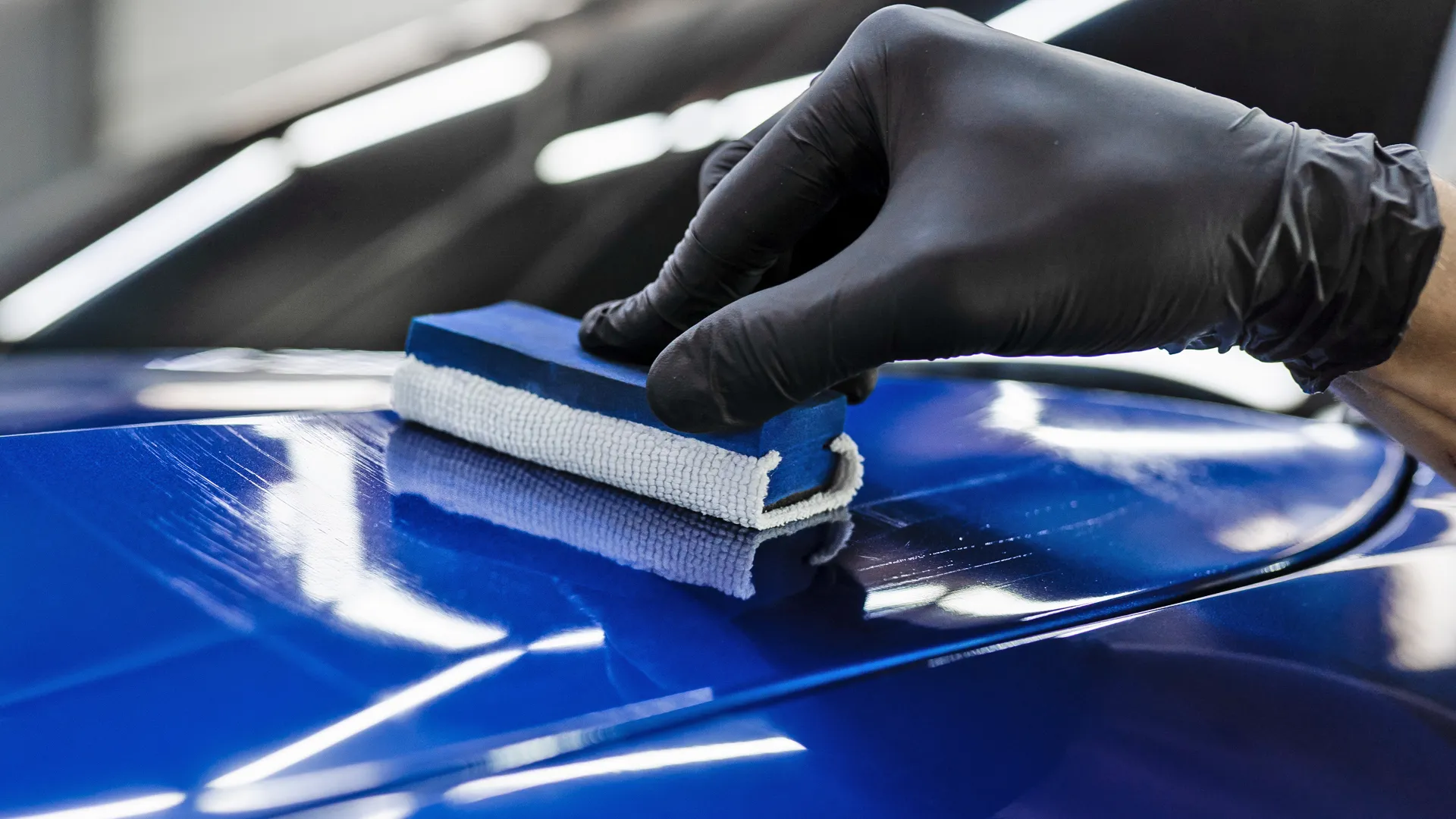Experience top-rated auto detailing for paint restoration.
Experience top-rated auto detailing for paint restoration.
Blog Article
A Comprehensive Guide to the Sorts Of Ceramic Layer on the Market
Ceramic coatings have actually arised as a pivotal remedy throughout various industries due to their unique homes and applications. As we discover the unique features and applications of these coverings, the effects for efficiency and longevity come to be significantly apparent, increasing questions about which kind may best suit your demands.
Recognizing Ceramic Coatings
Ceramic finishings are innovative safety options that have actually gained popularity in various markets, especially in automobile and aerospace applications. These layers contain a liquid polymer that, when healed, creates a durable, hydrophobic layer on the surface of the substrate. This layer offers boosted resistance to environmental impurities, UV radiation, and chemical direct exposure, therefore prolonging the life and visual appeal of the underlying product.
The basic part of ceramic coatings is silica, which contributes to their solidity and resilience. The application process usually includes surface area preparation, application of the coating, and treating, which can be attained through warmth or UV light. When healed, ceramic finishes display phenomenal bonding residential or commercial properties, allowing them to stick strongly to a range of surface areas, including metals, plastics, and glass.
Along with their protective features, ceramic finishings also provide ease of upkeep. Their hydrophobic nature lowers the adherence of dust and crud, making cleansing easier and much less frequent. Overall, the adoption of ceramic coatings stands for a significant advancement in surface protection technology, giving both functional and aesthetic advantages throughout numerous markets.
Types of Ceramic Coatings
Numerous sorts of ceramic finishings are available, each made to satisfy specific efficiency demands and applications - scratch repair sarasota. One of the most typical types consist of:
Silica-based Coatings: These finishes largely contain silicon dioxide and are understood for their sturdiness and chemical resistance. They are commonly utilized in automotive and commercial applications.
Titanium Dioxide Coatings: Renowned for their photocatalytic buildings, titanium dioxide coverings are typically applied in environments where self-cleaning and antifungal residential properties are preferable, such as in structure products and auto surfaces.
Zirconia Coatings: Characterized by their high-temperature security and thermal resistance, zirconia layers are utilized in applications such as wind turbine engines and high-performance vehicle elements.
Alumina Coatings: Showing exceptional solidity and thermal security, alumina finishings are often utilized in wear-resistant applications, consisting of reducing devices and industrial equipment. - scratch repair sarasota
Hybrid Coatings: Combining the residential or commercial properties of numerous materials, crossbreed finishes offer improved efficiency attributes, making them appropriate for one-of-a-kind and requiring applications.
Each type of ceramic covering serves distinct functions, allowing users to choose the most suitable option based on specific environmental conditions and efficiency requirements.
Benefits of Ceramic Coatings
Coatings play an important role in improving the efficiency and long life of surfaces across different sectors. Ceramic layers, in particular, deal various benefits that make them progressively prominent amongst makers and customers alike. Among the More Bonuses primary benefits is their exceptional sturdiness. These finishes are resistant to scrapes, chemicals, and UV rays, making certain that the underlying surface area stays secured in time.
Along with sturdiness, ceramic coverings provide excellent hydrophobic residential properties, enabling for very easy cleansing and maintenance. This water-repellent nature decreases the adherence read the article of dust, gunk, and various other contaminants, which can prolong the visual appeal and performance of the surface area. Moreover, ceramic coatings can substantially enhance thermal resistance, making them ideal for applications that withstand high temperature levels.

Application Process
When applying ceramic coatings, a careful method is vital to attain optimal results. A tidy surface ensures correct attachment of the layer.
As soon as the surface is prepped, the following step is to apply the ceramic coating. This can be done site here using an applicator pad or a microfiber towel, making sure also coverage. It is important to operate in small areas to keep control and avoid premature treating. The coating needs to be applied in thin layers, as thicker applications can lead to unequal coatings.
After application, the coating requires a certain curing time, generally varying from a few hours to a complete day, depending on the product. Following these actions faithfully will maximize the performance and durability of the ceramic finishing, providing a durable protective layer for the surface area.
Maintenance and Longevity
To ensure the durability and efficiency of a ceramic finish, normal maintenance is crucial. Ceramic finishes, recognized for their toughness and protective top qualities, require specific treatment routines to optimize their life-span and efficiency.
In addition to regular washing, periodic examinations are crucial. Try to find signs of wear or damage, such as hydrophobic residential properties diminishing or surface imperfections. If required, a light polish may be used to invigorate the covering without stripping it away.
In addition, the application of a booster spray can improve the coating's hydrophobic impacts and restore its gloss. This is especially helpful for coverings that have been in use for an extensive period. Ultimately, by sticking to these upkeep methods, one can significantly prolong the life of a ceramic coating, making sure that it proceeds to provide ideal defense against environmental elements and preserve the visual allure of the car.
Final thought

Report this page